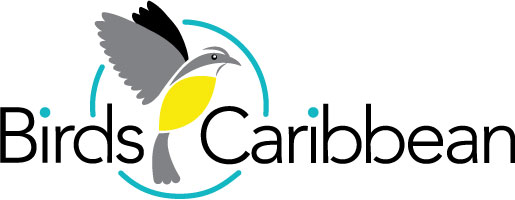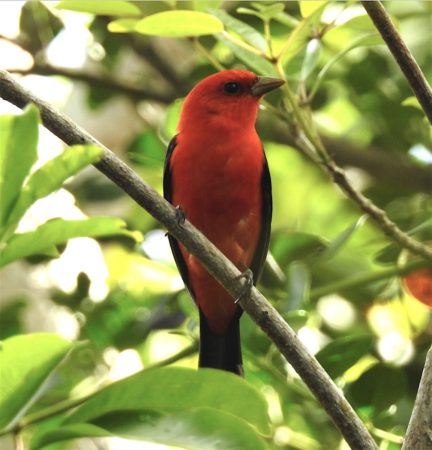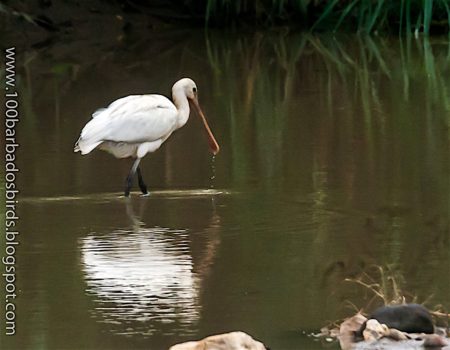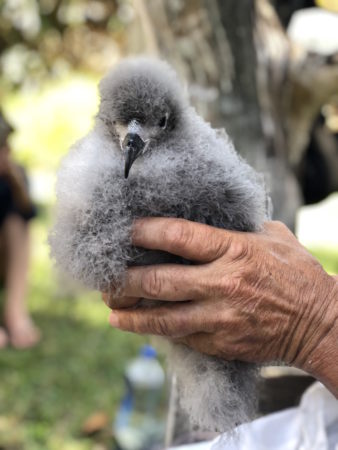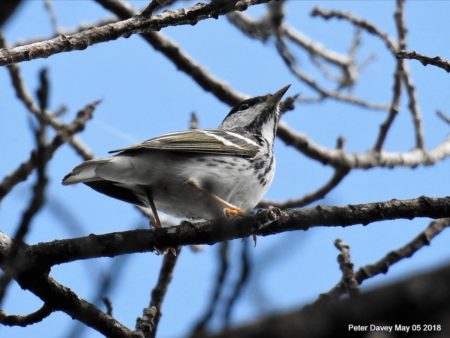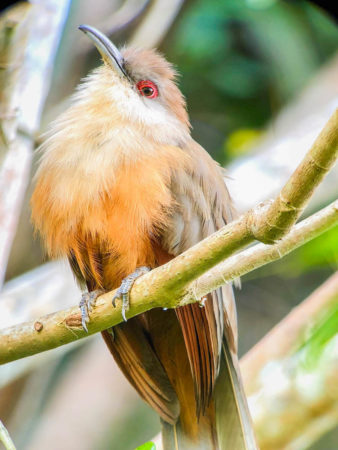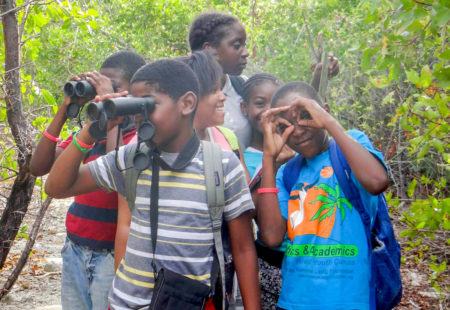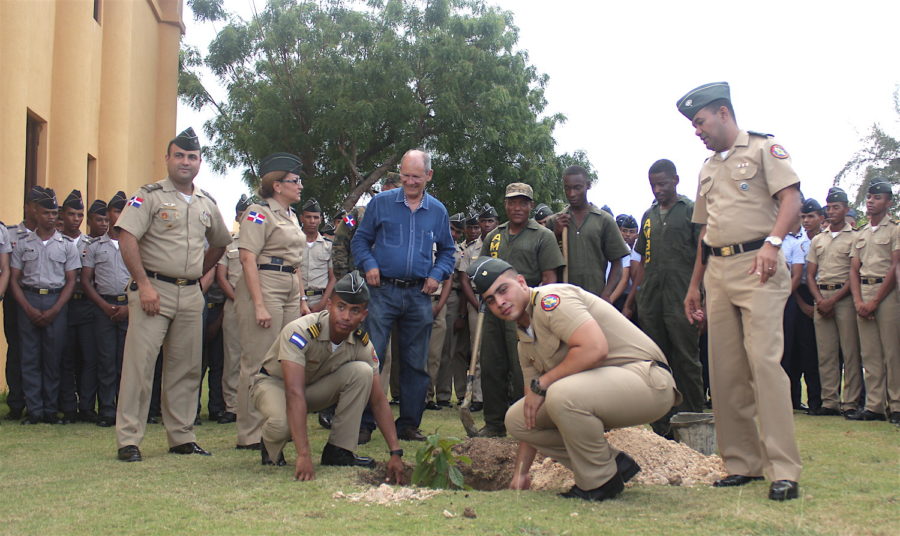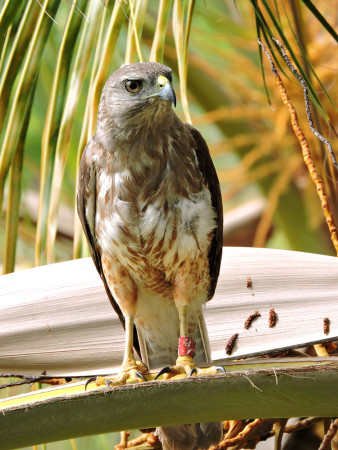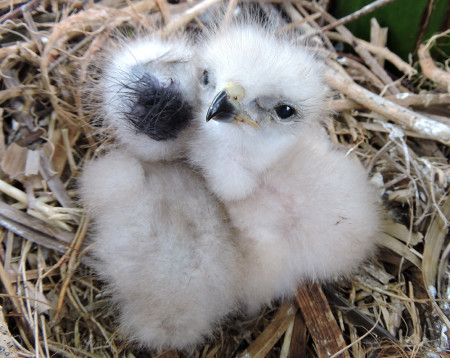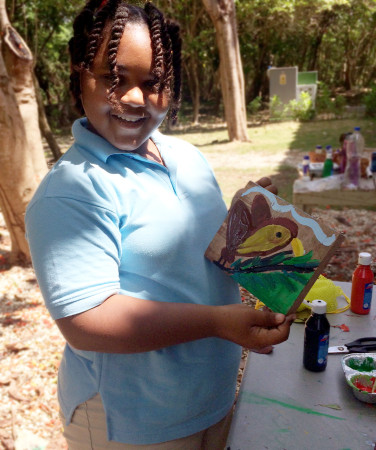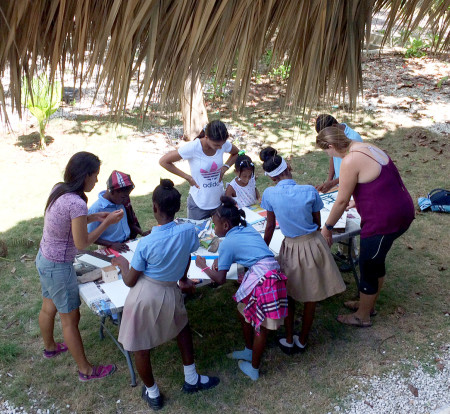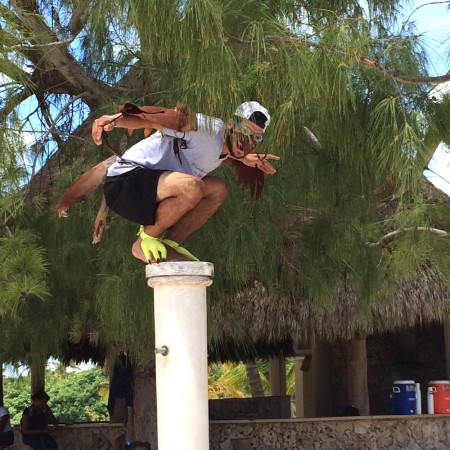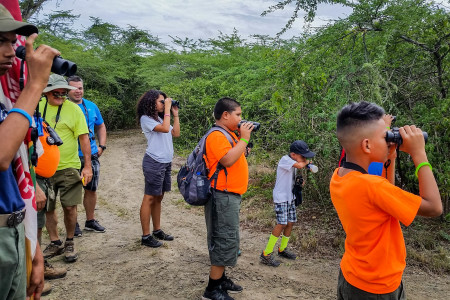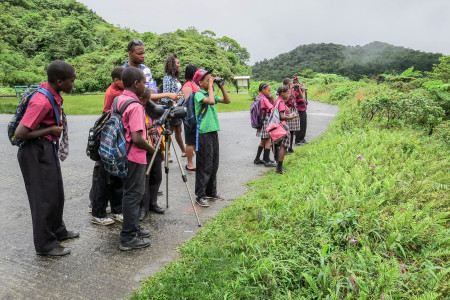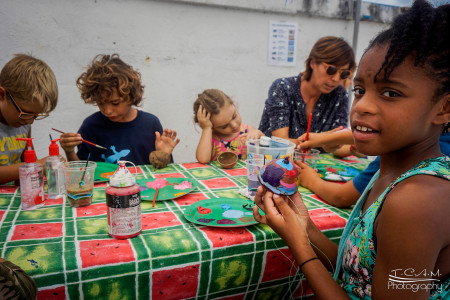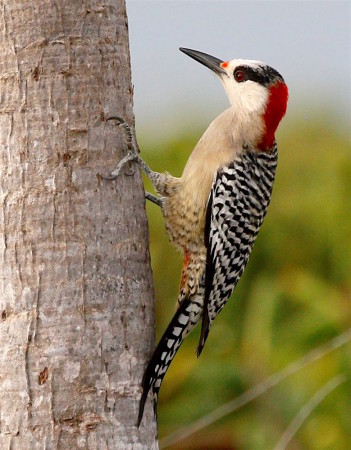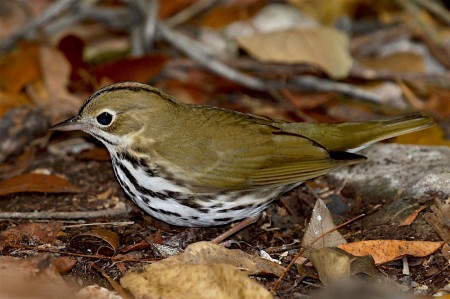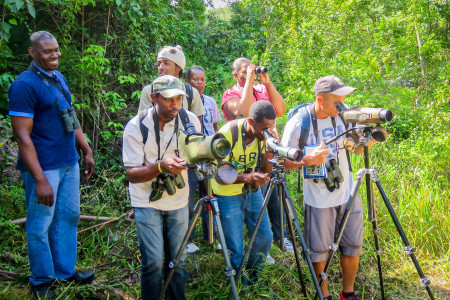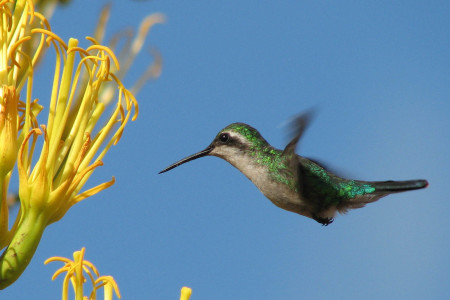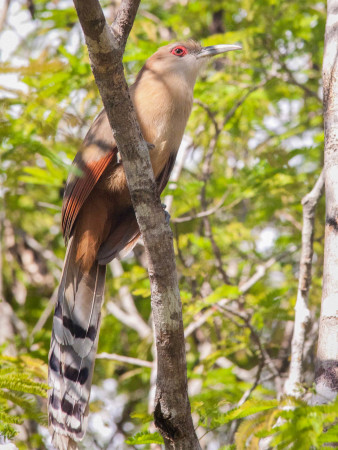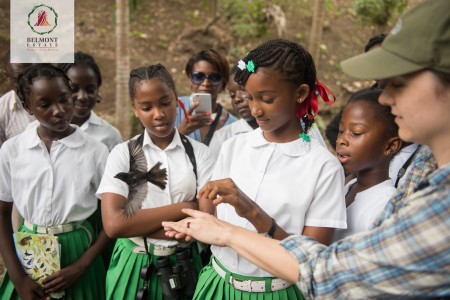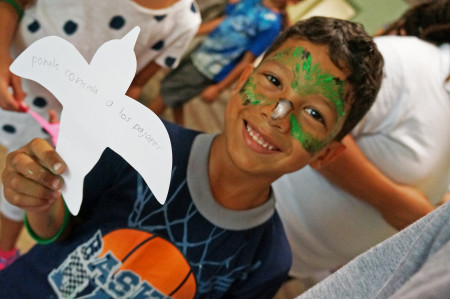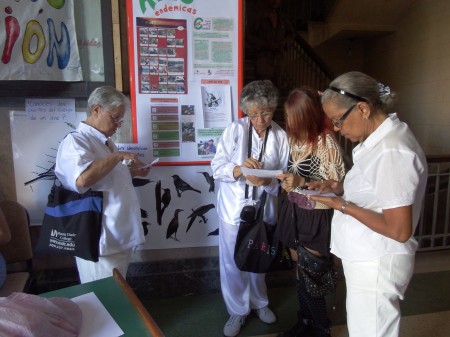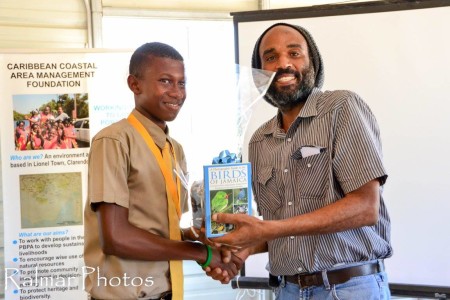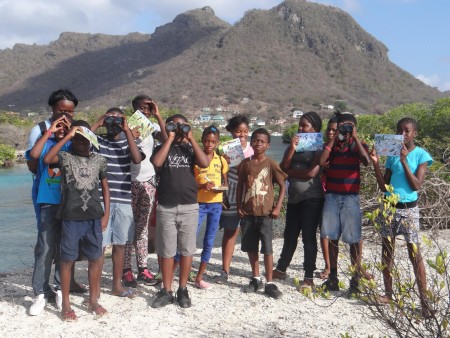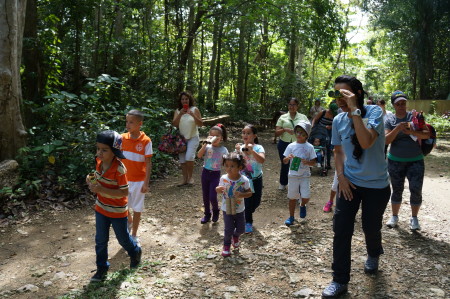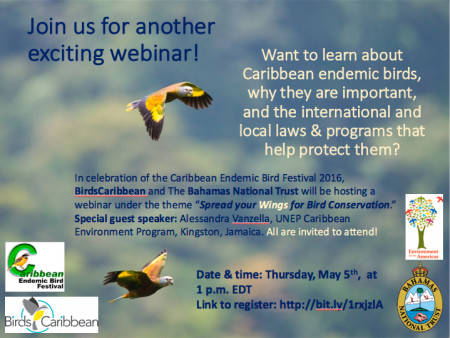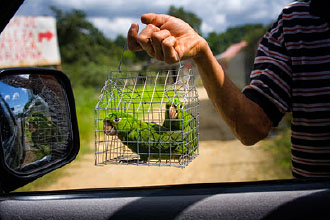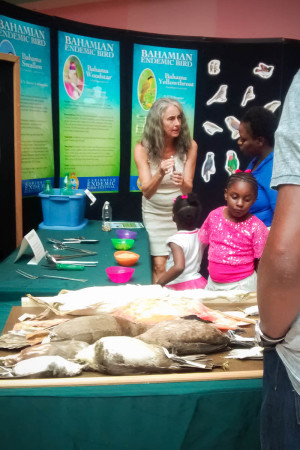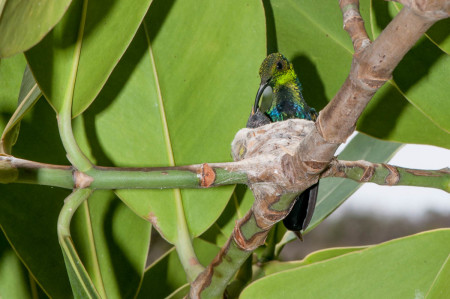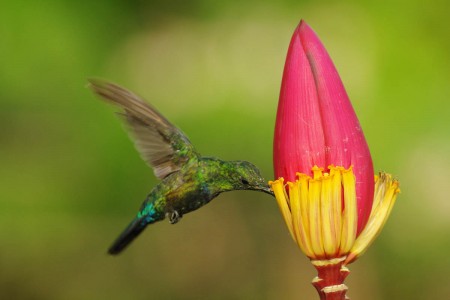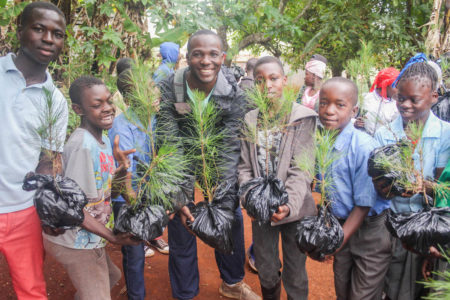
“We’re so excited to have an event in Haiti this year!”
Ingrid Flores is delighted to add a new country to her map of events. She is the coordinator of the Caribbean Endemic Bird Festival (CEBF), organized every year by BirdsCaribbean. Partners across the region host events as part of the festival each spring. Its focus is on the types of birds that are unique to each island, or to the Caribbean itself. This year, events took place in at least 16 islands and involved over 2,000 people. Activities take place between April 22 (Earth Day) and International Biodiversity Day (May 22). This year, celebrations took place in at least 16 territories and involved more than 2,000 participants. Events ranged from lectures to bird walks, arts and crafts, tree plantings, exhibitions, and more.
For the first time, partners in Haiti joined the celebrations. The Société Écologique d’Haïti saw the CEBF as “the perfect opportunity” to boost nature education in Haitian schools. 290 students in Forêt des Pins and Les Cayes learned how hunting and caging birds is harmful. They also enjoyed planting trees and learning how trees help birds and people.
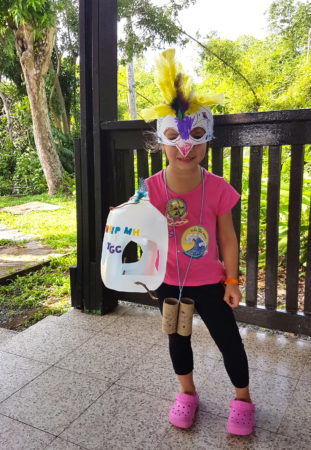
In neighboring Dominican Republic, The Peregrine Fund led activities in five places during Ridgway’s Hawk Week. This beautiful hawk lives only on the island of Hispaniola. Listed as “Critically Endangered,” its numbers are falling. Over 300 schoolchildren and residents went on bird walks. They were thrilled to see a live hawk at one event.
On Jamaica’s south coast, the Caribbean Coastal Area Management Foundation visited children from toddlers to age 11 years at four local schools. At one school, teachers hung bird art made by the children from classroom ceilings. To the east, 50 members of BirdLife Jamaica visited the Source Farm Foundation and Ecovillage. They joined residents for guided bird walks in the nearby hills.
On the island of St. Martin/Sint Maarten, groups worked to restore wild spaces. The island still shows damage from Hurricane Irma. Les Fruits de Mer launched a new nursery to provide native tree seedlings at their Endemic Animal Festival. Environmental Protection in the Caribbean (EPIC) hosted visits to the Little Bay Pond bird watching hut, which was rebuilt by with hurricane relief funds raised by BirdsCaribbean.
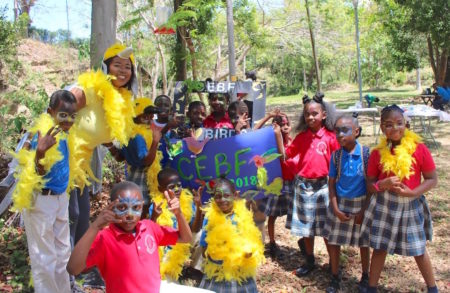
Many BirdsCaribbean partners in Puerto Rico were busy in 16 locations, including schools. Here they spread the word about endemic birds. Students at a science high school in San Juan were full of questions. They expressed a wish to conduct their own bird counts next year.
In Antigua, the Environmental Awareness Group, Dept. of Environment and Ministry of Education hosted a Bird Fair for 3 primary schools. Shanna Challenger, dressed as a colorful Barbuda Warbler, shared information with the students about the country’s only endemic bird. Through arts and crafts, birding, and other fun activities, the students also learned why birds are important in our environment. “The students were really into it!” commented organizer Natalya Lawrence.
Some endemic birds are iconic on particular islands. One of these is the splendid Guadeloupe Woodpecker, the island’s only endemic bird. It was among many other birds spotted during a CEBF bird walk in Guadeloupe – the location of BirdsCaribbean’s 22ndInternational Conference in July, 2019.
“As many islands still recover from hurricane damage, we were excited to share local birds and nature with people,” said Lisa Sorenson, Executive Director of BirdsCaribbean. “For the 17th year, the festival has reached thousands of people across the Caribbean.”
Hover over each photo to see the caption; click on photos to see larger images and a slide show.

